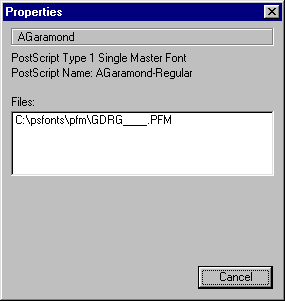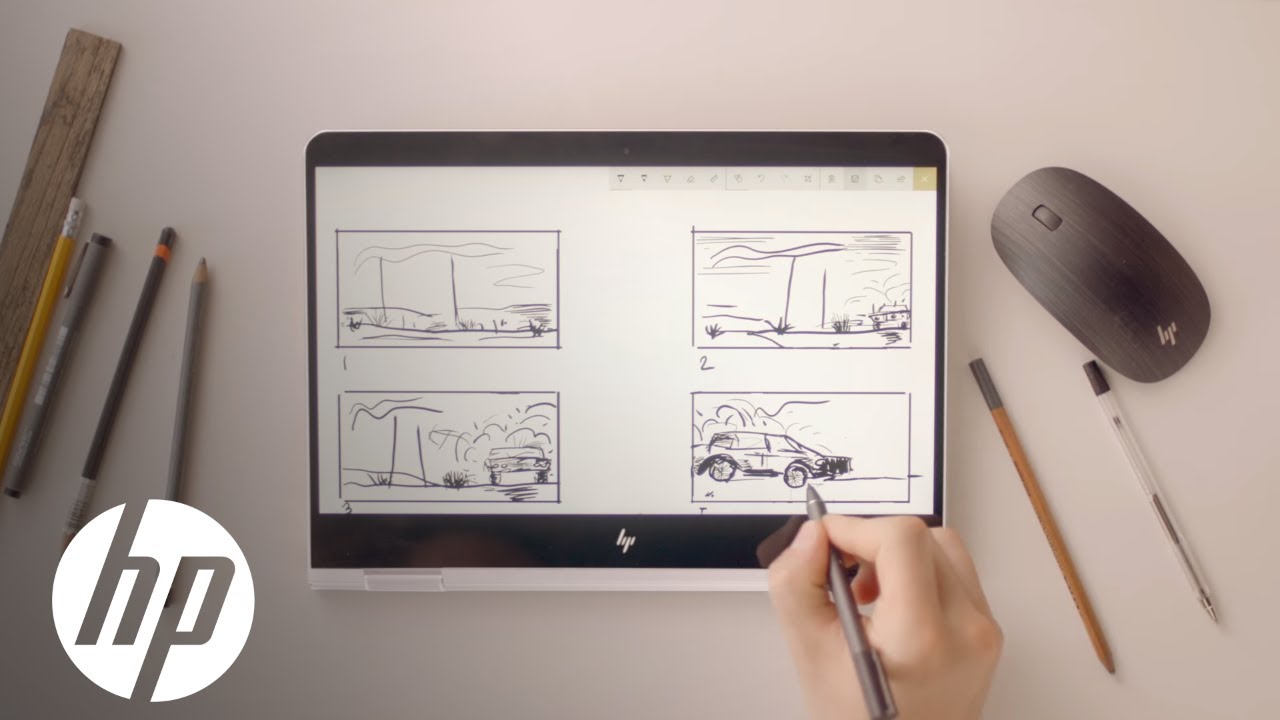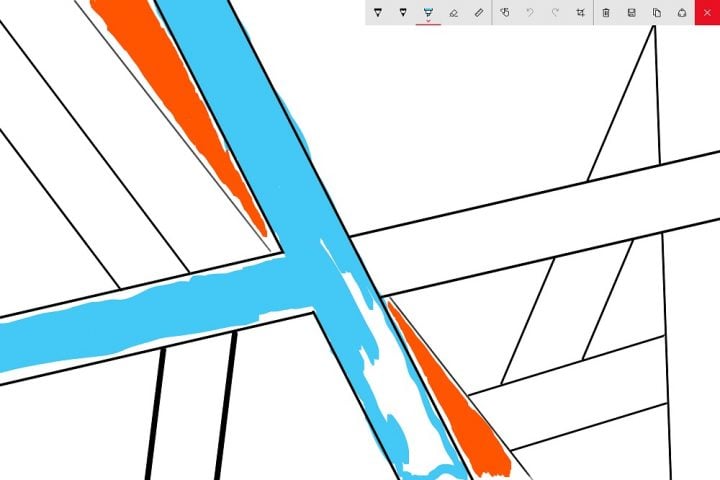

Head to Settings > Devices > Wheel today to try it out and share your thoughts! We’ve also updated the custom tool creator to now enable you to set keyboard shortcuts that include a number of common symbols. Setup the keyboard shortcuts most meaningful for specific apps – like Ctrl + Delete in Word 2016, or CTRL + Tab in Sticky Notes. In addition to this, Windows Insiders with Surface Dials will now be able to customize the default tool set for individual apps starting with this build. A recent post on the Windows 10 blog revealed new per-app Surface Dial settings in the most recent Windows Insider version, which will also be part of the upcoming Windows 10 update:Īpp developers have the option of providing custom tools for the Surface Dial when using it within their app. The Windows 10 Creators Update will be officially released in the near future, and includes a massive number of new and updated features. However, that will change some very soon. I mean, it will still let you do things like volume control, scrolling and zooming-but that only scratches the surface (see what I did there?) of what it can or should do.

If the app you’re using hasn’t gotten on board with the Surface Dial, then its value is limited.

The fact that the Surface Dial depends on how developers implement it can also be a bit of a double-edged sword, though. When it was introduced, Microsoft announced a number of applications that were ready to embrace Surface Dial out of the gate, including Windows itself, Word, PowerPoint, Excel, Microsoft Photos, Groove Music, Spotify, Sketchpad, and more. The real magic and power of the Surface Dial, however, lies in the ability for developers to customize its functionality for specific applications. It can also be used to unwind actions-as either an “undo” or to erase or replay things that are drawn on the display with Windows Ink. In normal use in Windows 10, the Surface Dial can be used for things like controlling the volume, moving back and forth between tracks of music, scrolling, or zooming. Pushing down on the Surface Dial displays a radial menu on screen that allows you to select the functionality you want for the device. It also provides haptic feedback-small vibrations that let you know it’s doing something. It is a small aluminum puck that can be depressed like a button, or rotated left and right. The design and use of the Surface Dial is deceptively simple.


 0 kommentar(er)
0 kommentar(er)
